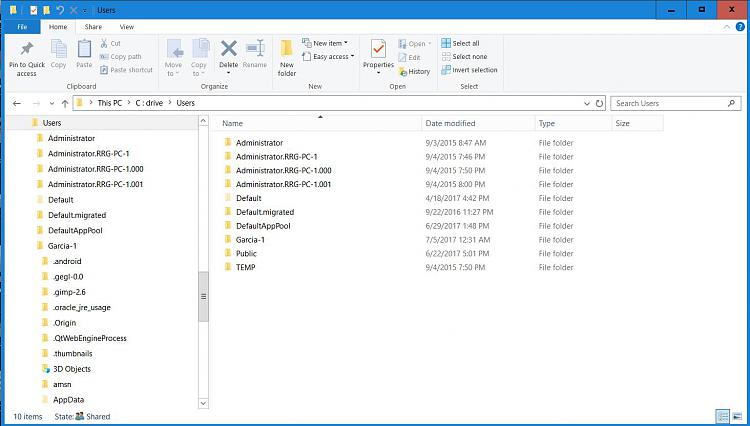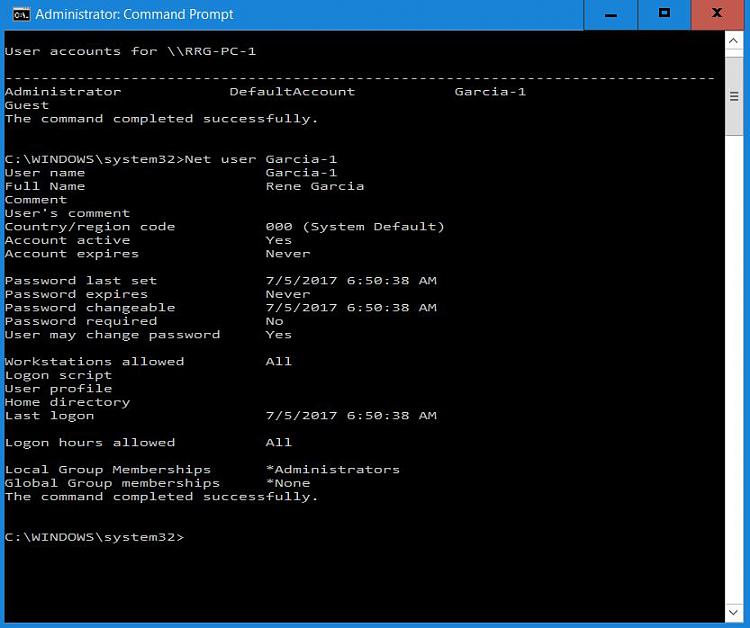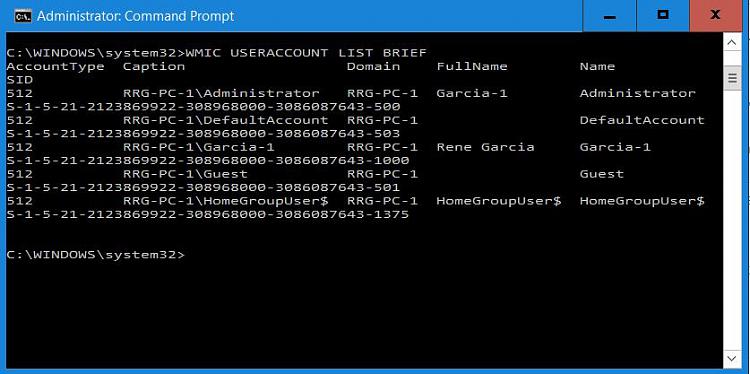New
#1
My admin account switched to a user account!
My account may have gotten corrupt in the update, Don't know for sure.
I do know this, This mess is way above my paygrade...LOL...
I really need some help to try to fix this issue.
The attachments can explain far better than me trying type what exactly is going on.
All I can say it's looks pretty darn complicated to me.
I hoping it looks worse than it is.
I think the simplest way to address this is to make my account an administrator again.
If it can be done, I'm going to need a step by step on how to do it.
Let me know what you all think...Thanks...
Last edited by Raner; 05 Jul 2017 at 10:43.






 Quote
Quote







